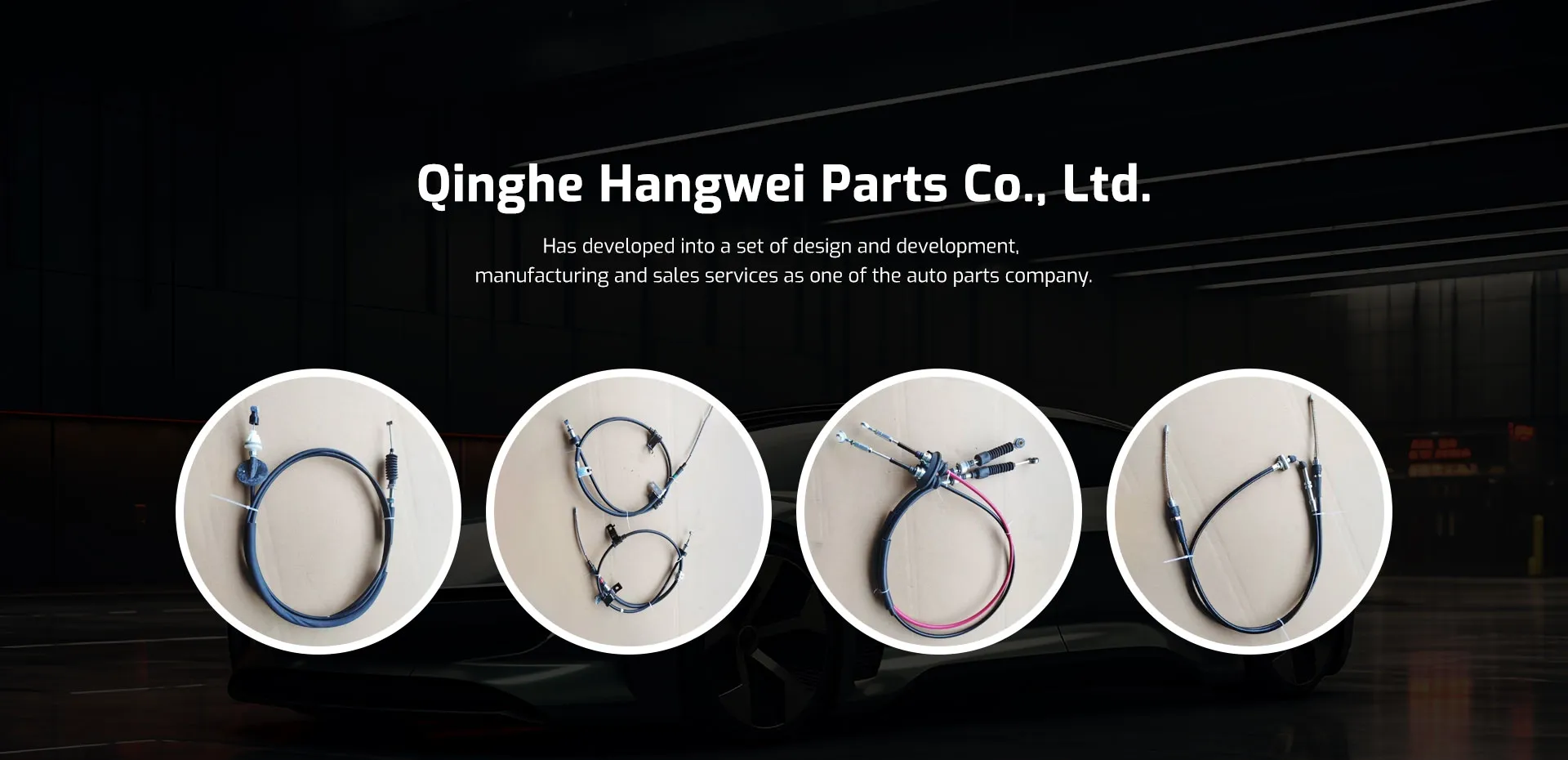Understanding Throttle Cable Wire Functionality and Maintenance for Optimal Performance
Understanding Throttle Cable Wires An Essential Component in Automotive and Motorcycle Performance
Throttle cable wires are a crucial component in both automotive and motorcycle systems, playing a significant role in controlling the engine's power output and thereby influencing vehicle performance. Understanding how these cables function, their construction, and their maintenance can enhance vehicle longevity and ensure optimal performance.
What is a Throttle Cable Wire?
A throttle cable wire is a flexible cord that connects the accelerator pedal to the throttle body of an engine. When the driver presses down on the accelerator pedal, the cable is pulled, which in turn opens the throttle body, allowing more air (and fuel) into the engine and increasing its power output. Conversely, releasing the pedal retracts the cable, closing the throttle and reducing engine power.
Construction of Throttle Cable Wires
Typically constructed from high-strength steel or stainless steel, throttle cable wires feature a braided design that offers flexibility and resistance to wear. The outer casing is usually made of durable plastic or rubber to protect the inner wire from external contaminants, moisture, and abrasion. The design of the cable aims to minimize friction for smooth operation while ensuring it can withstand repetitive motion through constant use.
Importance of Proper Functioning
A properly functioning throttle cable wire is vital for vehicle safety and performance. If the throttle cable is frayed, stiff, or damaged, it can lead to unresponsive acceleration or even unintended acceleration, posing serious safety risks. Regular checks can help detect wear and tear. Drivers should be attentive to any unusual behaviors such as difficulty in accelerating or a delayed throttle response, as these can be signs of a malfunctioning throttle cable.
throttle cable wire

Maintenance Tips
Maintaining throttle cable wires is essential for optimal performance. Here are a few tips for proper upkeep
1. Inspection Regularly inspect the throttle cable for any signs of wear, fraying, or corrosion. Pay close attention to connection points at both the accelerator pedal and the throttle body.
2. Lubrication Applying a suitable lubricant reduces friction and enhances the cable's flexibility. This can prevent stiffness, especially in colder climates where metal components tend to contract.
3. Replacement If any damage is detected during an inspection, replacing the cable promptly is necessary. Throttle cables are typically inexpensive and easy to replace, making proactive replacement a wise investment for safety and performance.
4. Professional Servicing For those who are not comfortable performing maintenance themselves, having a trained mechanic service the throttle cable can ensure that it is in good condition and functioning correctly.
Conclusion
In conclusion, throttle cable wires play a critical role in vehicle operation, linking the driver's intentions directly to the engine's performance. Understanding the function, construction, and maintenance of these cables can lead to improved safety, performance, and longevity of vehicles. Whether in cars or motorcycles, paying attention to throttle cables is a small but significant part of automotive care that can yield considerable benefits in the long run. By ensuring that these cables are well-maintained and functioning optimally, drivers can enjoy responsive acceleration, efficient power delivery, and an overall improved driving experience. Whether you’re an automotive enthusiast or a casual driver, knowledge of throttle cable wires is invaluable for a safe and enjoyable ride.
-
Upgrade Your Vehicle with High-Quality Handbrake CablesNewsNov.01,2024
-
Optimize Your Bike's Performance with Quality CablesNewsNov.01,2024
-
Enhance Your Vehicle's Performance with Quality Clutch ComponentsNewsNov.01,2024
-
Elevate Your Vehicle's Performance with Quality Throttle CablesNewsNov.01,2024
-
Elevate Your Vehicle's Performance with Quality CablesNewsNov.01,2024
-
Affordable Solutions for Your Cable NeedsNewsNov.01,2024
